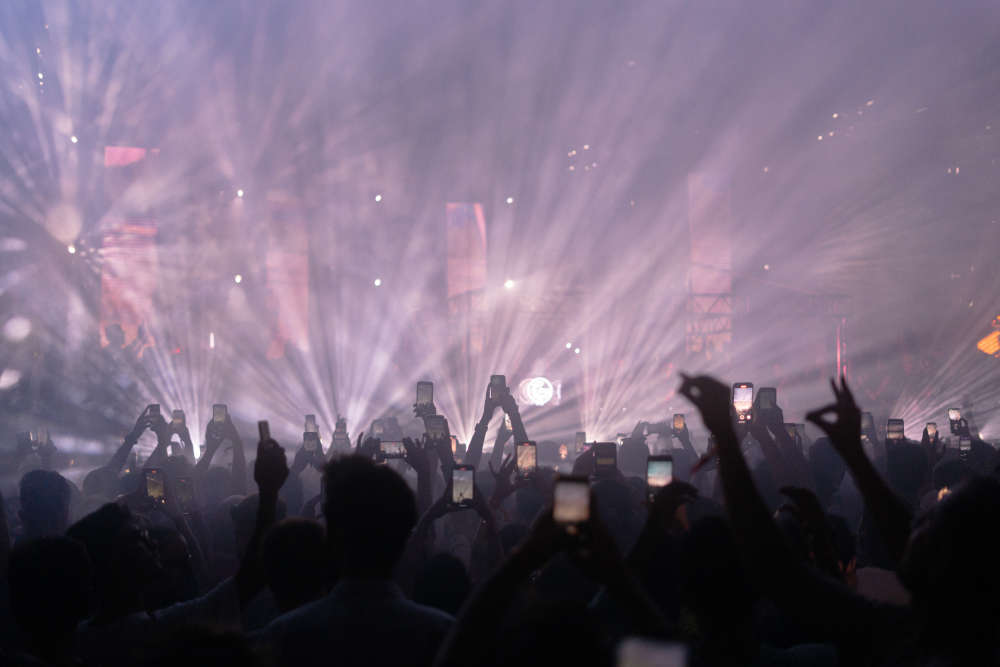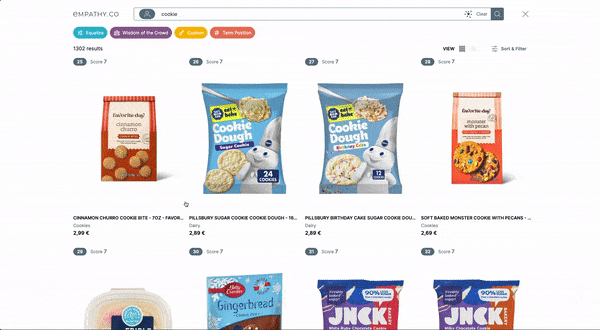How our wish for convenience in commerce backfired
How our wish for convenience in commerce backfired
We started this series reflecting on the relationship between retailers and their customers, one that’s been sadly reduced to a vending machine transaction missing human connection.
No matter if you sell your products through your own online shop or via a marketplace like Amazon, nearly all of the shopping experience (before and after the purchase) takes place on social media. While this is well known for marketplaces, small to medium-sized retailers that manage their online shops depend on these external platforms for a great deal of the shopping experience.
Social media and marketplaces have extended their reach online. To start, they matched someone who wanted to buy something to a brand that wanted to sell it. And today, these platforms own the whole shopping experience, from discovering new products to connecting with a brand’s story and values.
But it doesn’t end there. This influence extends to how we connect to the places we call home…
Augmented Society Series, Part 2
Impacting us online and offline, digital platforms seek to intervene in the connection between people and local entrepreneurs. The paradox is that with the promise of connecting with the world, we lost the connection with our own environment. It’s weird that local shops now have to compete on global platforms to get local customers. With worldwide reach also comes worldwide competition. This makes it harder for local businesses to compete.
Getting a cab or ordering take-out now happens on apps used around the world, rather than directly with the local business. As a result, we’ve become emotionally distant from our nearest environment: Booking an appointment with the hairdresser or hailing a cab through an app reduces the people behind the business to a mere set of data. A faceless service offered through an anonymous platform whose sole raison d’etre is profit-maximising.

The environment reacts accordingly: Shops near me are closing, and only big shopping centres with the same outlets of the same global brands remain, offering the same products over and over again.
By their nature, cities are the offline counterpart of online platforms, bringing together businesses and customers. In essence, a ‘city effect’ is in play, connecting people and shops.
To compete with the promise of instant gratification, online platforms like delivery apps opened ‘dark stores’ and ‘ghost kitchens’ in city centres to deliver to customers quickly and serve convenience. These apps can only operate on a certain density of consumers and businesses. And even then, the economics don’t add up.
We might have gotten what we asked for (instant service), but we didn’t realise what we lost along the way. The irony is that we traded one type of convenience for another. It’s the proximity to shops, food and culture that made cities attractive. But now, these conveniences are competing with those of online platforms.
The outcome for our surroundings is a constant negative decline and destruction of the places we inhabit in the offline world. Convenience kills our infrastructures; we optimised ourselves to death.
The vulnerability of online platforms
In this wish for convenience that backfired lies an opportunity. Both both small businesses and large platforms depend on the ‘city effect’ because this creates a (more) level playing field. And where platforms like food delivery apps have the advantage online, local shops have the advantage offline — they’re closer to the customer, both physically and emotionally. There is a trend of consumers demanding to know where their products and food are coming from, how it was produced and how far they had to travel to reach their destination. This desire for better, sustainable products also translates to the online world.
Increasingly, people are becoming aware of how their data is being harvested by brands in unethical, unsustainable practices. Just as customers want to buy products that protect the earth, they want to know what their data is used for and to see their privacy protected online. Smaller, local businesses can take that as an opportunity: their independence from dark, unconsented data collection practices allows them to operate more freely and offer a more protected, yet more personalised shopping experience (with the advantage of a brick-and-mortar space near customers). And by being physically close to the customer, they can offer a more personal, more human experience and even satisfy the instant gratification needs of local customers.
Time to reconnect
Unfortunately, this advantage hasn’t been leveraged yet. As soon as we go online, we enter a global field of competition (it’s called the world wide web for a reason). But there’s a way out — the augmented society. By taking our physical environment as a starting point, we can empower local businesses to translate the ‘city effect’ into an online experience. I’ll explore more on that in the final part of this series.
Stay tuned!
Takeaways:
- Just like they did online, social media and other apps have taken over much of the offline shopping experience.
- We traded one type of convenience for another. The proximity to shops, food and culture that once made cities attractive has been overshadowed by the demand for instant service on apps.
- However, offline, these platforms are constrained by the ‘city effect’, meaning the matchmaking of people and brands is not infinite.
- This dependency creates an opportunity for local stores.










